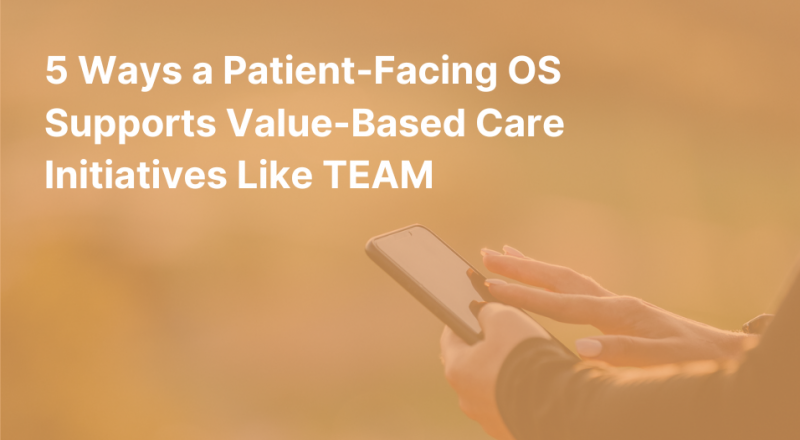By Reshma Rao
Analytics are an important part of any strategy. They help you understand your current status, identify where successes and opportunities lie, and gain the visibility needed to drive your organizational goals and strategy forward. However, without tracking the right patient engagement metrics, it can be difficult for healthcare professionals to understand progress and performance – and ensure they spend their valuable time and resources efficiently to improve health outcomes.
Healthcare is no different. As a vendor in the patient engagement space, we’ve seen how essential it is for customers to have actionable insights. Like many in the industry, they know that the key to patient retention is improving their care experiences and they cannot do this without visibility into their performance.
In this blog, we share some of the metrics we track with customers and how they use them to enhance the interaction they have with those they serve.
Patient Engagement Metrics
Reach Rate
Out of the total number of calls your organization makes to patients, how many are reaching them? Understanding this number can have significant implications for access and understanding if patients get the information they need when they need it. It’s also important to dig into the reason why calls aren’t going through, for example, maybe a number was blocked or you called the wrong person, so you can address the issue. In doing so, your team can take the steps needed to improve its patient engagement strategy (e.g., use SMS texts and phone calls).
No-Show Rate
Measuring your no-show rate out of all scheduled appointments is essential for maintaining your bottom line, but it is also essential to ensuring patients receive necessary care. Use data from your scheduling and appointment reminders solutions to monitor this number, in conjunction with confirmations and cancellations, and see how they vary across locations and departments. For example, high no-show rates or cancellations could indicate access barriers (e.g., logistical or communication). And while this number might not tell you why these numbers are high, they can help inform decisions to address them.
Number of Patient Issues Reported
When conducting post-discharge calls, how often are patients reporting an issue? Are they feeling worse? Do they not understand their post-discharge instructions? Not only understanding how many issues there are but also what type they are can help you come up with solutions (e.g., conduct a discharge round before the patient leaves to review care instructions carefully), ultimately leading to a better patient experience.
Number of Issues Resolved
Ideally, you want to have the majority of your patient-reported issues resolved. However, that’s not always possible, so having visibility into the status of the issues and who needs to be called back can help you improve your patient engagement strategy by prioritizing who you call back first. This can also enable more timely resolution, which improves patient satisfaction.
Number of Opportunity Areas
What are patients saying about your care? Rounding can be an effective tool for gaining more insight into the patient experience. For example, last year our customers identified 1.6M opportunities areas, with service recovery, EVS, and food service being the top ones. Routinely reviewing this feedback with your health system team can allow you to bring the voice of the patients to the forefront and identify patient care problems more quickly.
Number of Rounds Completed
Depending on the care setting or unit, your organization might have different rounding goals. For example, you may round on a patient once during their stay or every 24 hours. You may be focusing on reducing harm rates, improving the patient experience, or both! Knowing how you’re performing at a given point in time can help you determine where to spend your time and resources. In doing so, you can round with greater purpose, as well as improve the quality of patient care delivered, give patients a voice to vocalize needs and concerns, and improve the patient experience.
Number of Readmissions
Even though this number is a more common clinical metric, it can also reveal opportunities to improve the patient experience. Let’s say your readmissions are high, it could mean patients don’t understand their discharge or medication instructions or maybe they never scheduled necessary follow-up care. In these situations, conducting a discharge round and regular post-discharge touch points (e.g., automated follow-up calls), ensures patients know what to do when they leave the hospital. After all, no one wants to be in the hospital – no matter how good the care – so taking the steps to reduce this readmission not only leads to better outcomes but also reduces stress and confusion.
While these are only a small subset of metrics you should track, they are impactful ones. Using them to evaluate your progress and identify improvement areas can lead to higher revenue, better clinical outcomes, and improved patient satisfaction.








